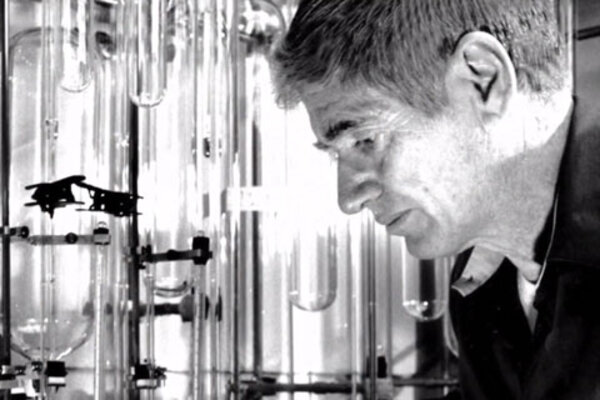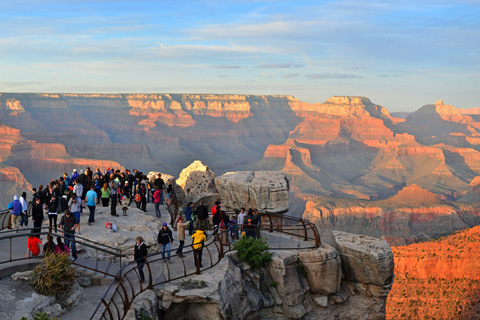
Will global warming cause tourism at U.S. National Parks to warm up or overheat?
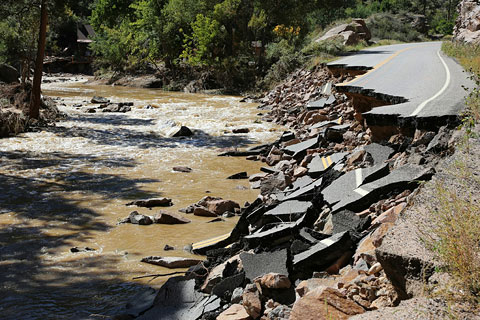
After an extremely heavy rain in September 2013 destroyed 500 miles of roads, Colorado is redesigning some riverside roadways to be more resilient to future floods.

Coffee lovers now consume more than 2.25 billion cups a day, but climate change may increase the cost and harm the taste of this popular beverage--not to mention threaten the livelihoods of millions of small farmers.
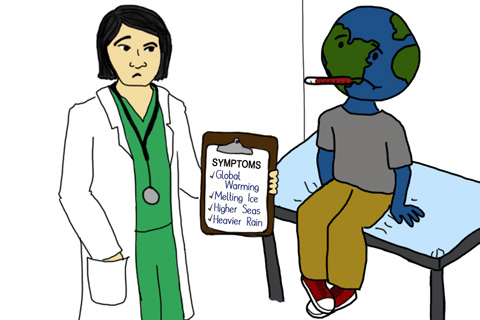
Global warming is one symptom of the much larger problem of human-caused climate change.
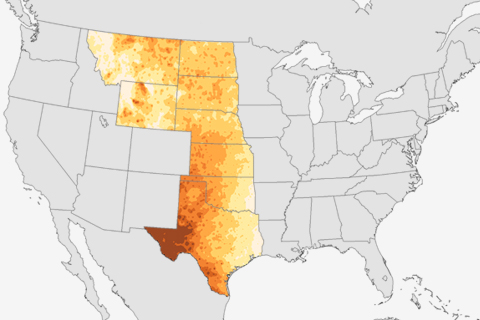
From soybeans and sunflowers in North Dakota to cotton and winter wheat in Texas, large stretches of croplands in the U.S. Great Plains rely exclusively on rain. Those croplands are likely to face longer dry spells by mid-century.
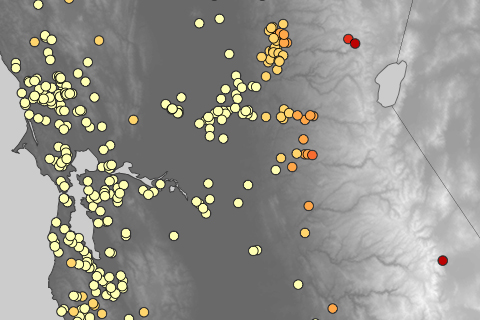
Strong evidence suggests that mountain areas are warming more quickly than lower elevations—with serious consequences for water supplies. But historical weather observations from mountain ranges are limited, leaving scientists with plenty of questions.
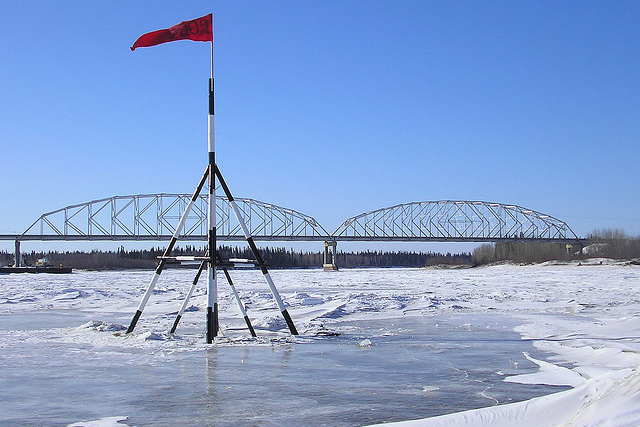
While many of us were wrapped up in March Madness this spring, Alaska residents and people across the globe participated in a different kind of competition.

In northern Alaska, ponds are shrinking and disappearing as the frozen ground beneath them thaws. The loss may have serious consequences for migratory birds and the subsistence hunters that depend on them.
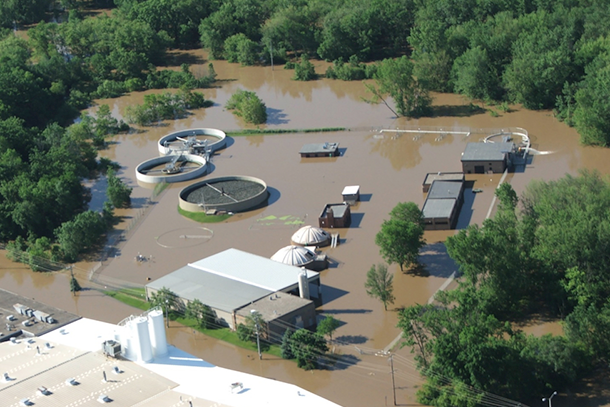
An extreme precipitation event in 2008 cost one Upper Midwest town more than a million dollars in infrastructure repairs. Now, other municipalities can simulate how a similar event might affect them.
